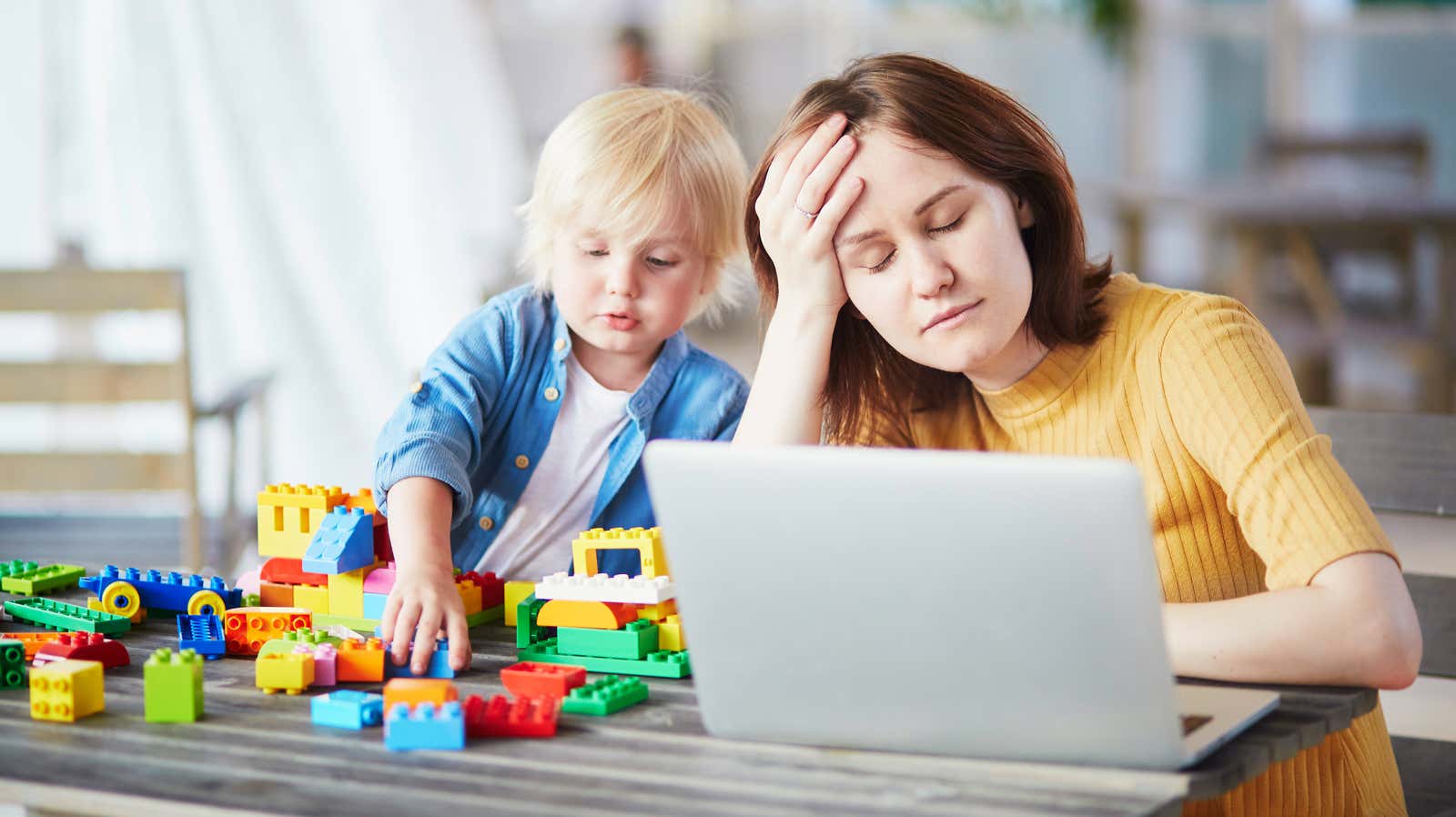When Is It Safe to Send Your Child to Kindergarten?

This is the biggest pandemic question facing many parents of young children: When is it safe for children to return to kindergarten? For the economy to reopen – so that people can go back to work altogether – it is necessary to address the issue of childcare, and in a way that does not contribute to the spread of COVID-19.
“As people return to work, they need childcare options,” says Jill Weatherhead , an infectious disease specialist at Baylor College of Medicine.
What does it take to open kindergartens safely? Any parent will tell you that children are not good at physical distancing, while toddlers also have a habit of putting anything and everything in their mouths. So how can these objects open and what will they look like?
As with everything related to the pandemic, there are still not many clear answers, but these are some of the preventative measures you need to take to safely send your kids back to daycare.
CDC guidelines for kindergarten
Some kindergartens remained open even during the closure orders , albeit with limited capacity and a number of preventive measures to serve the children of key workers. As these kindergartens continue to operate, the CDC has issued guidance on the necessary preventive measures.
“These stringent requirements are critical to preventing proliferation,” says Weatherhead.
CDC recommendations include having one dedicated teacher for one class, not mixing children between classes, frequent hand washing and disinfection, temperature checking at the door, and banning parents from kindergarten, and instead being handed over to children at the door.
These measures have been applied at some sites in the past few months. How this looks for a particular kindergarten will vary depending on their individual circumstances, but preventive measures will be critical in moving forward.
Kindergartens should also have plans for understaffing and in case an employee or child becomes ill with COVID-19.
“The key is rigorous testing and contact tracing,” says Michael Chang , pediatric infectious disease specialist at UTHealth McGovern School of Medicine. Extensive testing and contact tracing is critical to reducing proliferation, and this will be especially true for kindergartens.
“Kindergartens need to communicate with their staff and parents about what’s going on,” says Weatherhead. “This communication will be critical.”
Security requires the participation of all community members
As Weatherhead points out, everyone’s participation, including parents, is essential for everyone’s safety. Kindergartens will need to follow strict rules and families will need to actively ensure that no family member is sick. If anyone in the family starts showing symptoms, they will have to leave their children at home.
Likewise, if someone in kindergarten starts showing symptoms, it will be necessary to notify the parents and take additional preventive measures, which may include temporary closure.
“This is where the involvement of all community members is required,” says Weatherhead.
While there has been a lot of talk about antibody testing and what that might mean about immunity, there is still a lot we don’t know about how accurate these tests are and how long-lasting any given immunity might be. Chang warns that antibody testing may not be as beneficial as people hope.
“Just because you have antibodies doesn’t necessarily mean you are immune to reinfection,” says Chang.
Children are less likely to spread COVID-19
Many parents will tell you that babies bring home almost every illness imaginable. Children in day care facilities develop approximately 6-8 upper respiratory tract infections and 1-2 episodes of vomiting and / or diarrhea per year. (However, the best joy is that by the time kids start kindergarten, they get sick much less often than their non-kindergarten classmates; it all comes down to when your child will get sick often, and not if your child is going to get sick often.) In turn, children tend to get sick from their parents with what they bring home.
For some reason, COVID-19 doesn’t seem to be working. Not only are children not so badly affected by COVID-19, they also don’t seem to play such a big role in the spread of the virus .
“It seems like adults are infecting children, not children are infecting adults,” says Chang.
If this continues – which is no guarantee given our ever-changing understanding of this brand new virus – when it comes to prioritizing what to open and when, it might make sense to open some schools and kindergartens sooner rather than later.
“If you’re going to make a data-driven argument for everything you’re about to discover, you can make an argument that children can be in school,” Chang says.
Need a vaccine-free discovery plan
Something else? We may have to open schools and kindergartens before we get the vaccine. Although the estimated development time for a vaccine is 12 to 18 months, there is no guarantee that we will have it within that time frame , if at all, and this even without taking into account the logistics of vaccinating everyone.
“It would be nice to have a vaccine, but you may have to plan to open without it,” Chang says. Without the vaccine, we would have had to rely more on measures such as CDC child care guidelines and widespread testing and contact tracing.
As with everything related to the pandemic, right now the only thing we can say with certainty is that there aren’t many good answers. The only hope is that over time we can contain the spread – and put in place enough protective measures – so that kindergartens can operate safely.